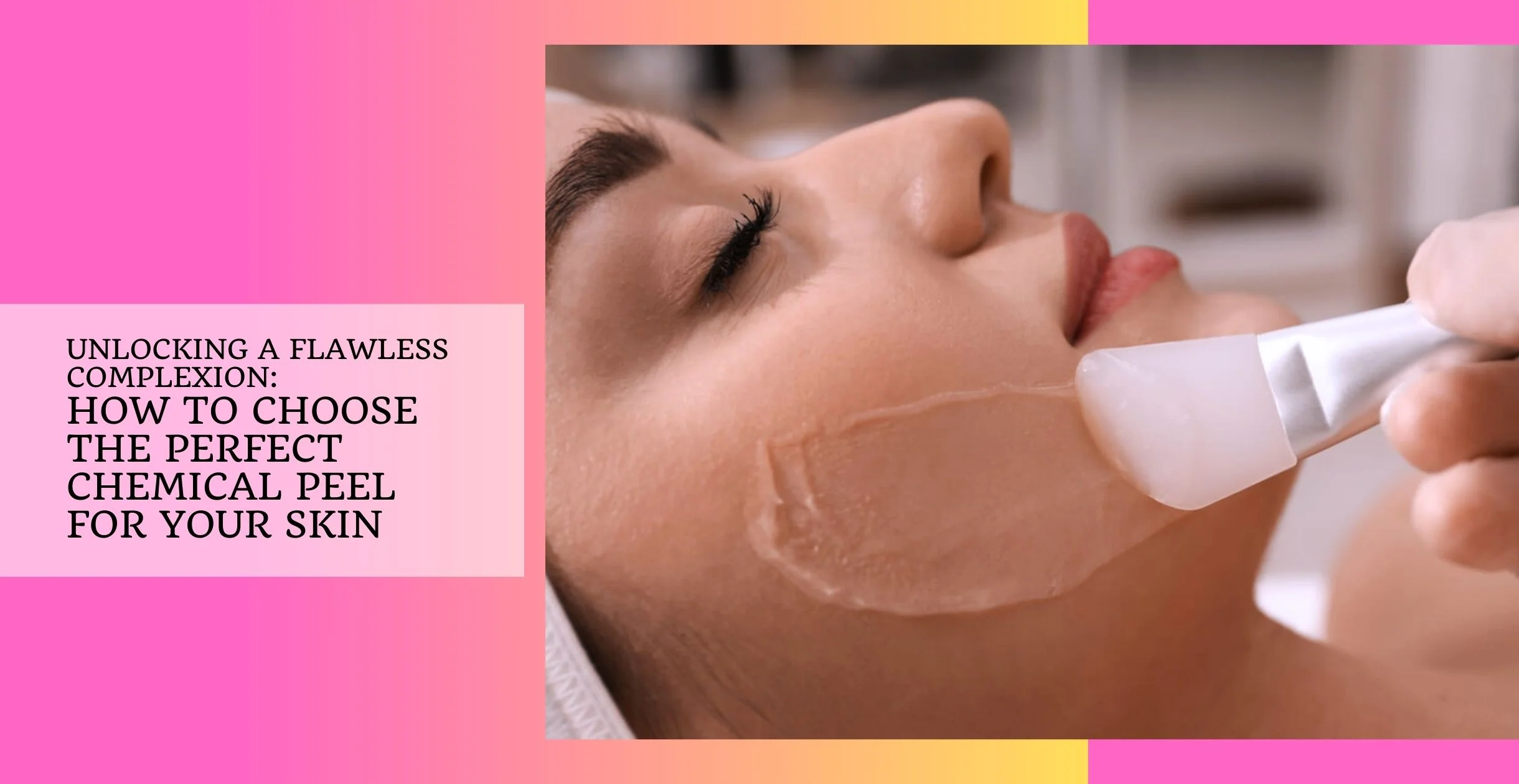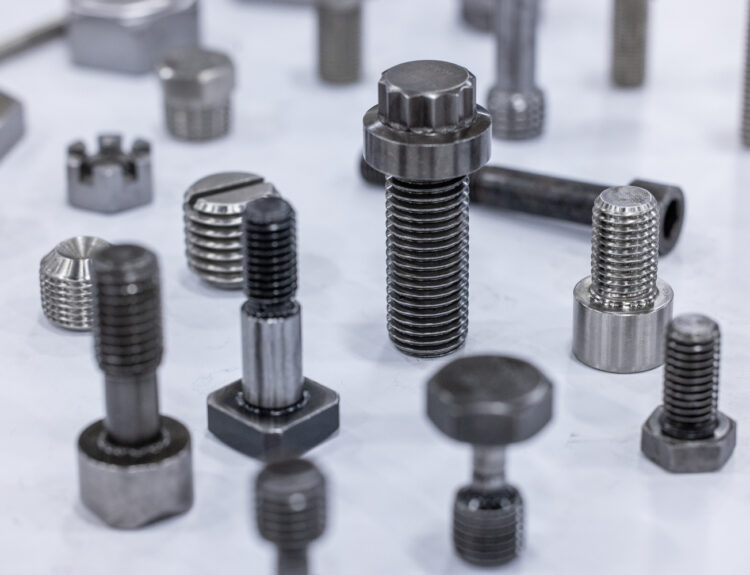Chemical peels are a popular dermatological treatment to enhance the skin’s appearance. Whether you’re dealing with acne, fine lines, or hyperpigmentation, chemical peels can be a potential remedy for many skin conditions. The skin gradually peels off its outer layers and exfoliates when a chemical solution is given. The new skin that surfaces is typically smoother and more youthful-looking. This treatment, available in varied strengths, offers something for everyone, from superficial peels with minimal downtime to deep peels that require more extended recovery periods but deliver dramatic results.
Studies have shown that chemical peels can provide effective, long-lasting results in improving skin texture and appearance. As an increasingly popular option, understanding the mechanisms and benefits of chemical peels can help people make informed decisions about their skincare routines.
What Are Chemical Peels?
A chemical peel is produced by applying a chemical solution, which causes the skin’s outermost layers to exfoliate and eventually peel off. The process triggers the body’s natural healing mechanisms, promoting the growth of new, smoother, and less wrinkled skin. Over time, this can significantly improve skin texture, tone, and overall appearance.
Chemical peels are categorized by their depth of penetration and strength. They are a flexible treatment since they may be customized to target certain skin issues. The choice of peel type depends on individual skin types, conditions, and desired outcomes. Getting advice from a dermatologist can assist you in selecting the best course of action.
Types of Chemical Peels
Superficial Peels: These gentle peels use mild acids like alpha-hydroxy acid (AHA) to exfoliate the outer layer of the skin. They treat mild skin discoloration, rough skin, and dryness. They are a practical choice for people with hectic schedules because they demand little to no downtime.
Medium Peels: Utilize glycolic acid or trichloroacetic acid (TCA) to reach the middle and outer skin layers, helping to remove damaged cells. They effectively treat moderate wrinkles, age spots, and superficial scars. Some downtime is needed for recovery, but the results are more pronounced than superficial peels.
Deep Peels: Employ phenol or a stronger concentration of TCA to penetrate deeply into the skin layers. Deep peels are designed to treat severe wrinkles, deep scars, and precancerous growths. Due to their intensity, they require a more extended recovery period and should only be performed by experienced dermatologists.
Comprehending the many varieties of chemical peels is vital to achieving the intended outcomes while reducing potential hazards. Each type has unique benefits and considerations, making it crucial to consult a professional before treatment.
Benefits of Chemical Peels
Chemical peels offer numerous benefits, from improving the skin’s texture to reducing scars and age spots. Here are some compelling advantages:
Enhanced Skin Texture: Chemical peels are a great way to smooth rough skin and minimize wrinkles and fine lines. The peeling process stimulates collagen production, leading to smoother and firmer skin.
Acne Treatment: Chemical peels, which clear pores and encourage the creation of new skin cells, can help lessen acne and acne scars. Exfoliation removes dead skin cells, which might lead to outbreaks.
Even Skin Tone: Chemical peels effectively treat hyperpigmentation, sun spots, and melasma. They help remove excess pigment and promote skin tone by accelerating cell turnover.
Chemical peels have advantages that go beyond appearance. By encouraging the skin’s healthy cells to regenerate and improving the skin’s ability to retain moisture, these treatments can improve the general health of the skin. By addressing multiple skin concerns simultaneously, chemical peels offer a comprehensive approach to skincare.



